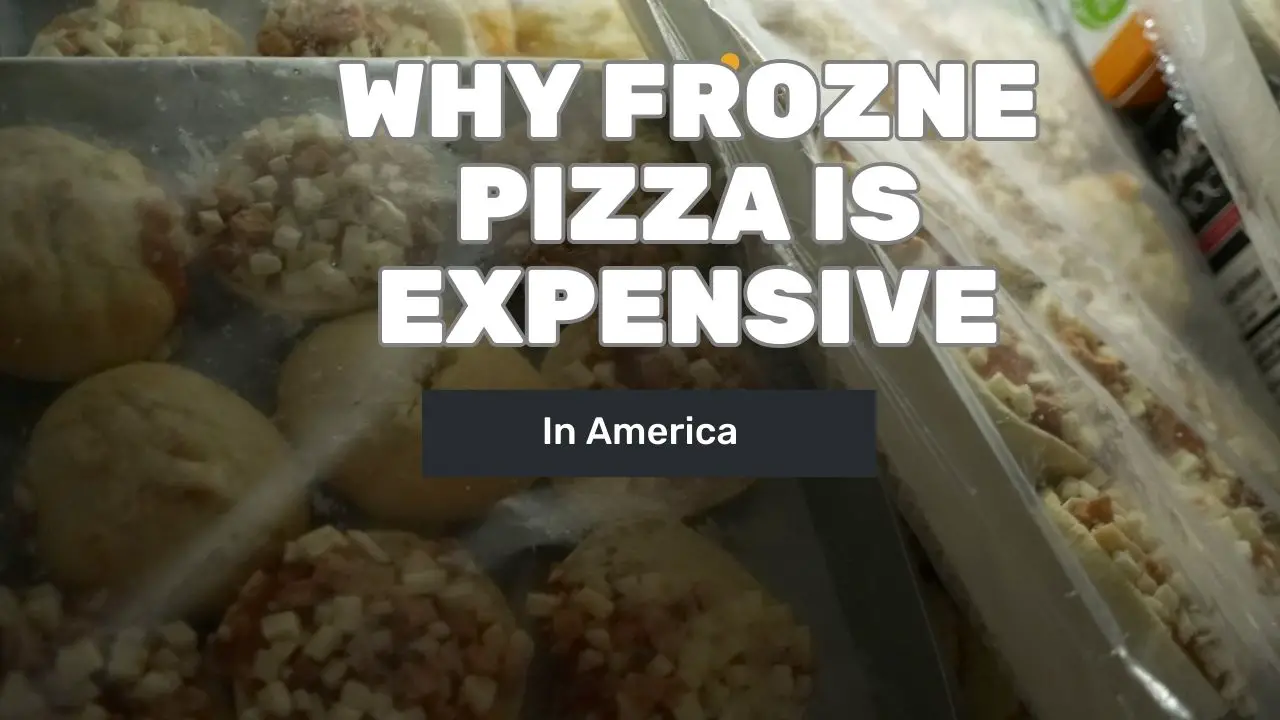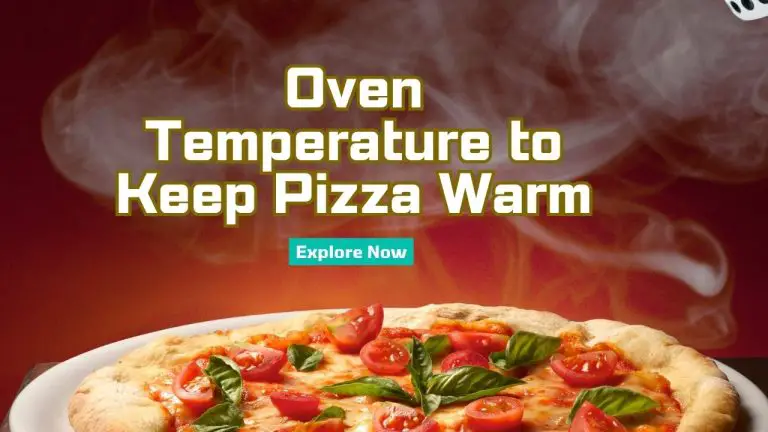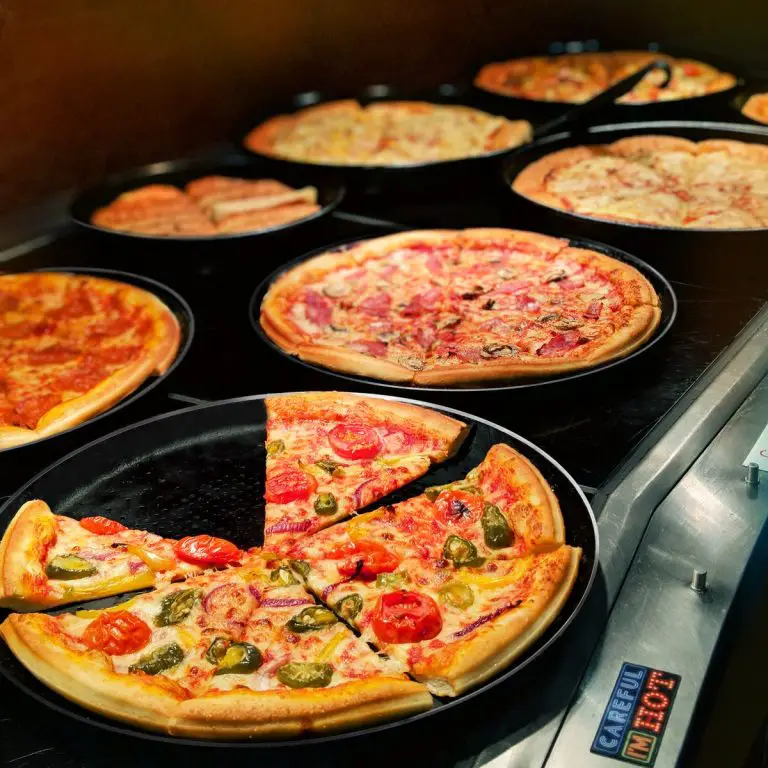Main Reasons Why Frozen Pizz Is So Expensive
Everyone loves a good slice of pizza, especially when it’s conveniently available in the freezer aisle of our local grocery stores. But have you ever wondered why is frozen pizza so expensive? Join us on a journey through the production process as we uncover the steps involved in creating that perfect frozen pizza. Along the way, we’ll also explore the costs associated with each step, giving you a deeper understanding of the pizza-making business.
Reasons why Frozen Pizza Is so expensive
Costs associated with each step, including ingredients, labor, and equipment:
Dough Preparation and Rising
The cost of dough preparation mainly includes the ingredients – flour, water, yeast, and salt. Additional costs may be incurred for flavor enhancers or specialty flours. Labor costs involve skilled workers responsible for measuring, mixing, and monitoring the dough’s rising process. Equipment costs may include mixers, dough-making machines, and proofing cabinets.
Sauce and Topping Application
Sauce costs involve quality tomatoes, herbs, spices, and other flavorings. Topping costs vary depending on the variety and quality of ingredients used, such as cheese, meats, and vegetables. Labor costs include skilled workers responsible for applying the sauce and toppings accurately and efficiently. Equipment costs may include sauce dispensers, topping applicators, and conveyors.
Related; discover 5 different ideas on what to do with leftover pizza.
Flash-Freezing and Packaging
Flash-freezing costs mainly include the energy required to operate the blast freezer and the cost of packaging materials, such as plastic wraps or boxes. Labor costs involve workers responsible for loading and unloading pizzas in the blast freezer and packaging them afterward. Equipment costs may include blast freezers, packaging machines, and printing equipment for packaging designs.
Connection between Quality Ingredients and Production Costs
While using high-quality ingredients undoubtedly enhances the pizza experience, it also comes at a cost. Sourcing and utilizing these quality ingredients can lead to higher production costs. Here’s why:
Ingredient Selection and Sourcing
Finding and sourcing premium cheese, meats, and vegetables requires extra effort and investment. Producers often need to establish partnerships with trusted suppliers who can provide consistent quality. Additionally, the cost of these premium ingredients is generally higher than their lower-quality counterparts.
Quality Control and Production Processes
Maintaining high standards of quality requires extra attention to detail throughout the production process. This includes rigorous quality control measures to ensure that the ingredients meet the desired standards. It may also involve using specialized production techniques aimed at preserving the quality and integrity of the ingredients.
Limited Shelf Life
High-quality ingredients often have a shorter shelf life compared to lower-quality alternatives. This means that producers need to manage their inventory carefully to avoid waste and ensure that consumers receive fresh and delicious pizzas.
Premium Brand Positioning
By using high-quality ingredients, frozen pizza manufacturers position their brand as premium and superior in the market. This may involve investing in marketing and branding efforts to convey the value and quality that their products offer. These additional expenses contribute to the overall higher production costs.
Discuss the logistics and transportation expenses
Distributing frozen pizza nationwide requires careful planning and efficient logistics. Here are some key factors to consider:
Cold chain management
Frozen pizza needs to be transported and stored at specific temperatures to maintain its quality. This requires refrigerated trucks, cold storage facilities, and monitoring systems to ensure that the pizza remains frozen throughout the distribution process. These additional requirements result in higher transportation costs compared to regular non-perishable goods.
Long-distance transportation
Distributing frozen pizza nationwide involves transporting the product over long distances. This requires coordination between suppliers, distributors, and retailers to ensure timely delivery. The longer the distance, the higher the transportation costs, as fuel, labor, and vehicle maintenance expenses increase.
Inventory management
Distributing frozen pizza nationwide also involves managing inventory levels to meet demand in different regions. This requires accurate forecasting and coordination between production facilities and distribution centers. Efficient inventory management can help reduce costs by minimizing waste and ensuring optimal distribution.
Packaging optimization
Finding ways to optimise packaging can also help reduce transportation costs. By designing packaging that maximizes space utilization, more pizzas can be transported in a single shipment, reducing the number of trips required and cutting down on transportation expenses.
Why Frozen Pizza is Priced Higher in the United States
Frozen pizza, a convenient solution to those last-minute dinner dilemmas or weekend cravings, is a beloved staple in American households. However, you may have noticed that compared to other countries, frozen pizza tends to come with a heftier price tag in the United States.discover why it more expensive in America.
Quality and Ingredient Standards
Frozen pizza prices in the United States are significantly influenced by the stringent quality and ingredient standards set by regulatory bodies. The Food and Drug Administration (FDA) enforces rigorous regulations to ensure food safety and quality. These standards lead to a higher cost of sourcing, processing, and packaging ingredients, ultimately driving up the price of frozen pizzas.
Labor Costs
The cost of labor in the United States is generally higher than in many other countries, which impacts the entire frozen pizza production process. From the skilled workforce required for pizza assembly to machinery operation, labor costs are a significant contributor to the elevated prices.
Distribution and Transportation
The vast expanse of the United States requires an extensive and efficient distribution network to ensure frozen pizzas reach consumers across the country. Maintaining a temperature-controlled supply chain for frozen goods, especially during long-distance transportation, adds considerable costs. This intricate distribution network impacts the final price of frozen pizzas.
Advertising and Marketing
American consumers are inundated with a wide variety of frozen pizza brands, each vying for their attention. In this competitive market, substantial investments are made in advertising and marketing to distinguish products and build brand loyalty. These expenses are factored into the overall cost of frozen pizza.
Cheese and Dairy Costs
Cheese, a staple ingredient in many pizzas, can be a significant contributor to the cost. Fluctuating dairy prices and a growing demand for high-quality cheese drive up the overall cost of producing frozen pizzas, which is eventually reflected in the retail price.
Customization and Premium Options
The American market has a penchant for customized and premium pizza options. As a result, many frozen pizza brands offer a range of specialty toppings, gluten-free, organic, or artisanal varieties, which come at a premium price. The diversity of options increases production complexity and, consequently, costs.
Wrapping Up
In summary, the higher price of frozen pizza in the United States can be attributed to a combination of factors, including stringent quality standards, labor costs, distribution and transportation challenges, extensive advertising and marketing expenses, ongoing research and development, fluctuating cheese and dairy prices, and a penchant for premium options. As American consumers continue to enjoy the convenience of frozen pizza, it is essential to understand the intricate economic and cultural elements that contribute to its pricing. While it may seem costly, these factors play a crucial role in delivering a safe, diverse, and enjoyable frozen pizza experience to consumers across the nation.







